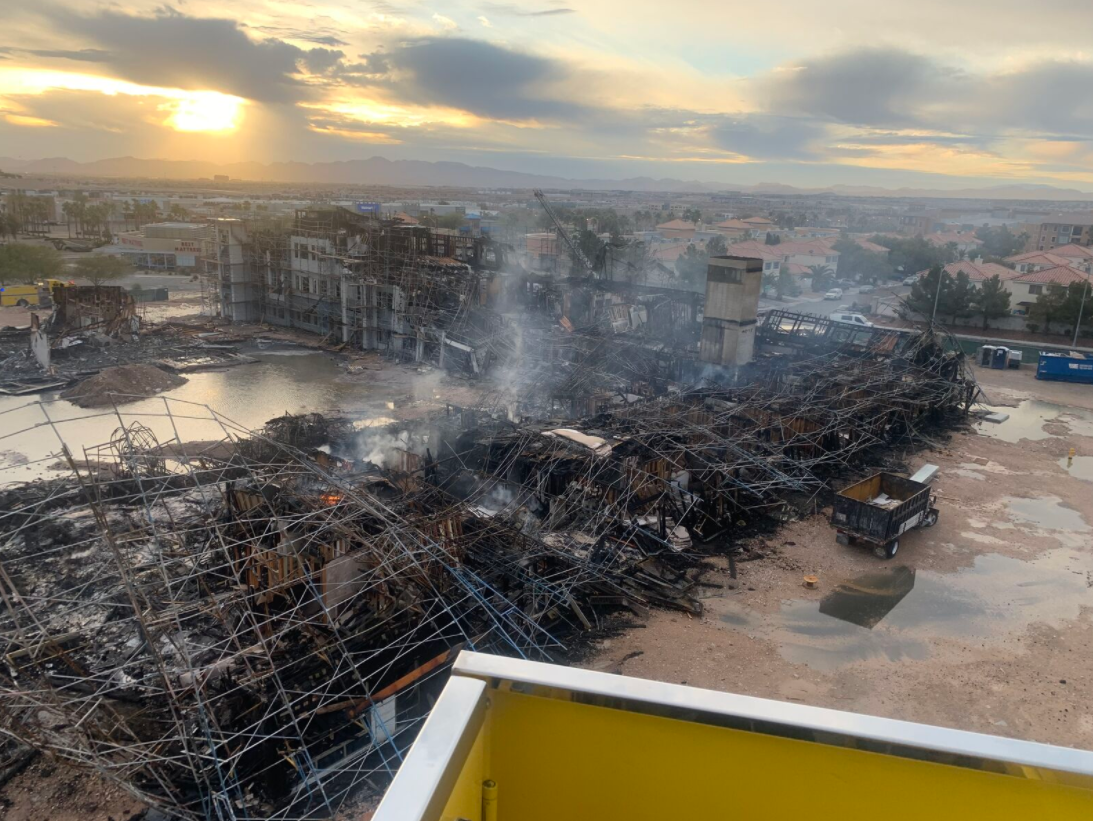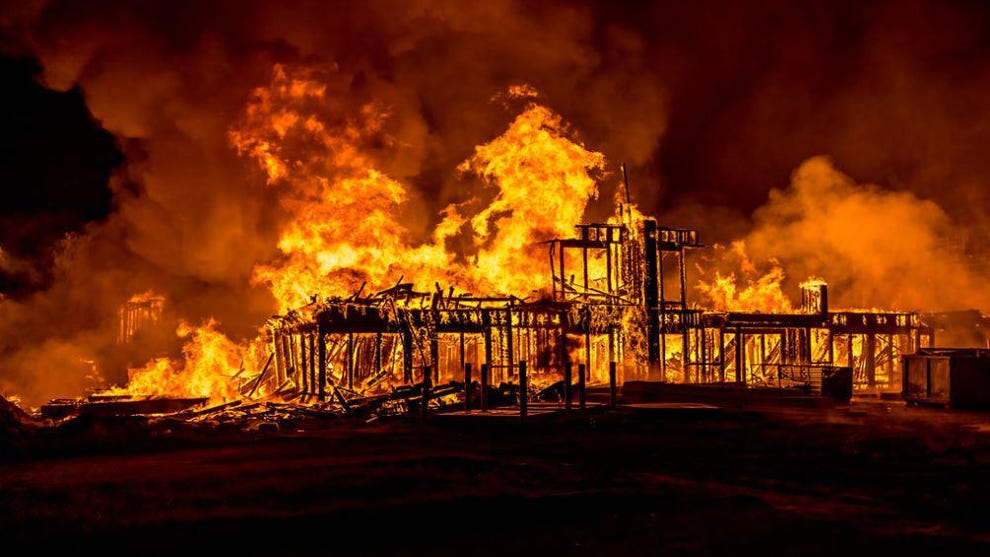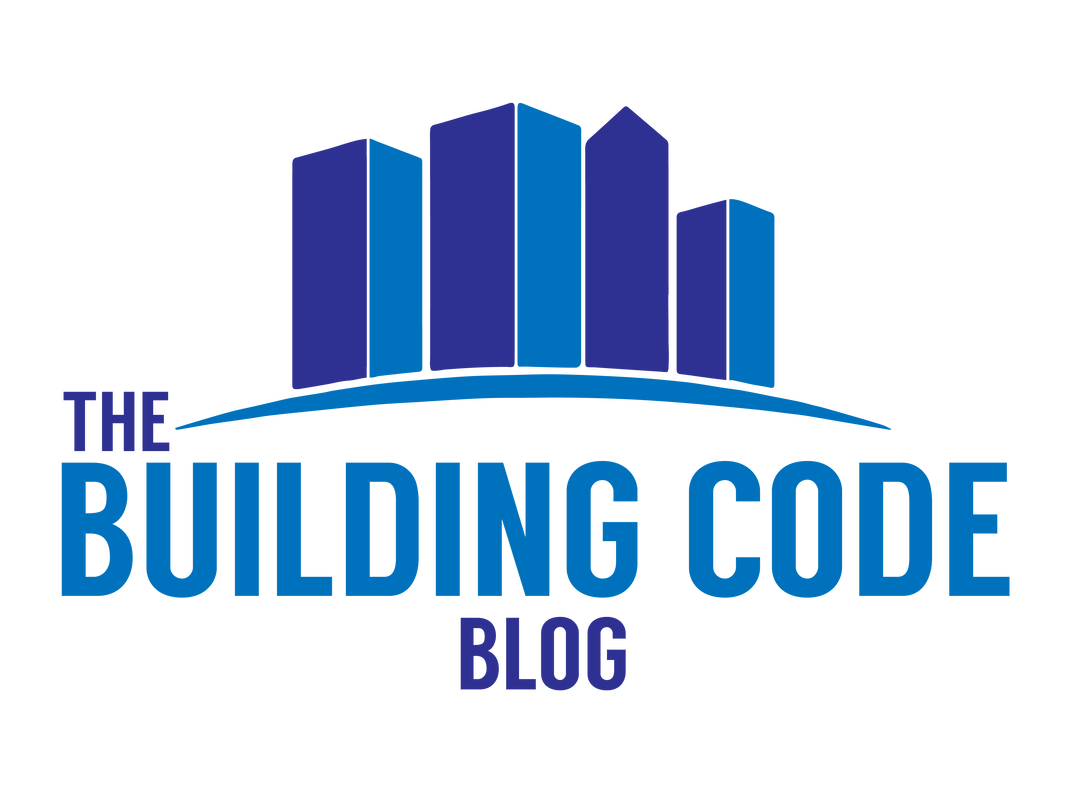|
In the last year or so, there have been several fire incidents during the construction of wood-framed residential buildings. Recently, in January 2021, a fire at the Ely at Fort Apache apartment complex in Las Vegas completely destroyed the building, racking up an estimated $25-30 million in damages. Or last year, a Jacksonville, Florida grew so large that it shut down a portion of nearby Interstate 295 and forced the local fire department to deploy 45 apparatus, including 14 engines and seven ladder trucks. In both of these cases, as well as other similar fires, there were two clear similarities:
According to a recent NFPA report, between 2013 and 2017, "fires in structures under construction caused an average of four civilian deaths, 49 civilian injuries, and $304 million in direct property damage annually." In the same report, it is noted that three out of every four construction fires occur in residential buildings. During the 5 year timeframe in the report, 42% of the direct property damage was caused by fires starting from electrical distribution and lighting equipment. Fires in wood buildings are certainly not a new development, but over the last several building code cycles, various code changes have been enacted that allow for larger and more complex wood buildings. For example, in the 2015 IBC, the "podium" concept, where a wood-framed buildings can be constructed on top of a Type IA podium, allowing for an overall larger building, was expanded to allow multiple levels of Type IA construction beneath the podium. More recently, in the 2021 IBC, Type IV construction has been significantly expanded to now include three different sub-categories (Types IV-A, IV-B and IV-C), allowing for substantially taller and larger heavy timber buildings. Without a doubt, there are numerous benefits to wood-framed construction. Reduced carbon emissions, faster construction and reduced building costs - all are positive reasons for designers to choose wood buildings. But the very nature of wood being a combustible material brings inherent risks, particularly during construction where fire protection systems are not yet in place. How to Respond?While recent code changes have allowed for larger and more complex wood buildings, requirements for safeguards during construction have evolved as well. For example, in the 2021 IBC, Chapter 33 has been updated with a few notable changes:
NFPA 241, Standard for Safeguarding Construction, Alteration, and Demolition Operations, does provide requirements that are often more stringent than IBC Chapter 33. But many jurisdictions do not adopt or enforce compliance with this standard. Apart from the model codes, many local jurisdictions have enacted their own requirements. In addition to requirements for protection during construction, I am also seeing local requirements for pursuing phased occupancy, where building owners want to occupy a portion of a building while other areas are still under construction. For example, Fairfax County, VA publishes a standard operating procedure document for phased occupancy that institutes a variety of building and site requirements that have to be met before phased occupancy can be considered. But even with national and local codes addressing the issue, the magnitude of these fire losses does force you to ask: Is enough being done? What are you Seeing?What trends are you seeing in your area? Does your local building or fire department have any specific requirements for fire protection during construction or phased occupancy, particularly for wood buildings? While I don't think there is a one size fits all solution to such a problem, I'm very interested in hearing a variety of perspectives from across the country. Please share in the comment section below!
Need assistance on your specific project? Add Campbell Code Consulting to your team. They are a full-service code consulting and fire protection engineering firm that can help you navigate complex code challenges.
12 Comments
3/12/2021 12:51:05 pm
As a proponent of fire protection, I am also highly involved in the discussion surrounding this topic.
Reply
Chris Campbell
3/12/2021 01:56:23 pm
Joseph,
Reply
3/12/2021 03:58:16 pm
Chris, the committee report breaks down the areas that the fires start in. If localized protection is provided there, we can accomplish a lot and make these near misses. Thanks again for the conversation starter.
Reply
3/12/2021 02:41:10 pm
Excellent Blog Chris, thanks for posting on LinkedIn and writing it here. Fires on New Construction, Renovations and Alterations happen every day of every week. Most are small and are extinguished quickly. The point being, its not just wood frame construction which is highly vulnerable due to the new composite materials that have been approved. (Pre Engineered Lumber)
Reply
Chris Campbell
3/14/2021 12:32:14 pm
Michael,
Reply
3/12/2021 03:13:29 pm
Hi Chris! We here at M Fire Suppression have the answer you have all been looking for! Please take a look at our website at www.mfiresuppression.com and feel free to reach out to me with further questions. Our Class A, UL Greenguard Gold Certified fire inhibitor is applied as the framers are going vertical in order to ensure maximum protection. We are currently working with the nations top Developers and have protected hundreds of projects from coast to coast. Adam 702-277-6040
Reply
Chris Campbell
3/14/2021 12:33:04 pm
Hi Adam,
Reply
Chris Towski
3/12/2021 05:37:02 pm
https://www.firehouse.com/community-risk/article/12349715/fire-prevention-safety-for-buildings-under-construction-firefighter-training-education
Reply
Chris Campbell
3/14/2021 12:36:28 pm
Hi Chris,
Reply
Rich Soltis
4/7/2021 10:37:45 pm
The strongest Codes and Standards are worthless unless they are throughly adopted and enforced. Yes it takes time to make sure that construction sites do not store or use fuel burning appliances and do not do cooking inside the structure, but when we as Code Officials do our job nothing happens.
Reply
12/16/2021 10:49:37 am
I'm getting a building made, and I want to make sure that it lasts a long time. It makes sense that getting the right fire sprinkler for this would be a good idea! I'll be sure to work with someone to ensure that I do that right.
Reply
4/25/2022 02:12:59 am
XBD Collective is an award-winning design firm focused on materializing sophisticated design into inspired physical spaces . Motivated by the pureness of human experience, our team imagines architectural and interior designs meant to envelop <a href="https://xbdesign.com">interior design and architecture agency in Dubai </a> , inspire, and engage sensory experiences. With presence in London & Dubai, XBD Collective is a recognised architecture and interior design agency positioned to provide a careful bespoke approach to ambitious projects worldwide <a href="https://xbdesign.com">Architecture Firms in Dubai </a>
Reply
Leave a Reply. |
Categories
All
Sign up to receive Building Code Blog UpdatesArchives
July 2024
|
The Building Code Blog
- Home
- Blog
- About
-
Tools
- Allowable Height & Area Calculator - Non-Separated Mixed Occupancy
- Allowable Height & Area Calculator - Separated Mixed Occupancy
- Average Grade Plane Calculator
- Calculated Fire Resistance for Wood Walls
- Fire and Smoke Damper Tool
- Fire Wall/Exterior Wall Intersection Tool
- Frontage Calculator
- IBC Occupant Load Calculator
- Plumbing Fixture Calculator
- Stair Pressurization Estimator
HomeAboutBlogContact |
Copyright © 2019-2024 The Building Code Blog
The views, opinions, and information found on this site represent solely the author and do not represent the opinions of any other party, including the author's employer and the International Code Council, nor does the presented material assume responsibility for its use. Local codes and amendments may vary from the code requirements described herein. Fire protection and life safety systems constitute a critical component of public health, safety and welfare and you should consult with a licensed professional for proper design and code compliance.
|


 RSS Feed
RSS Feed
